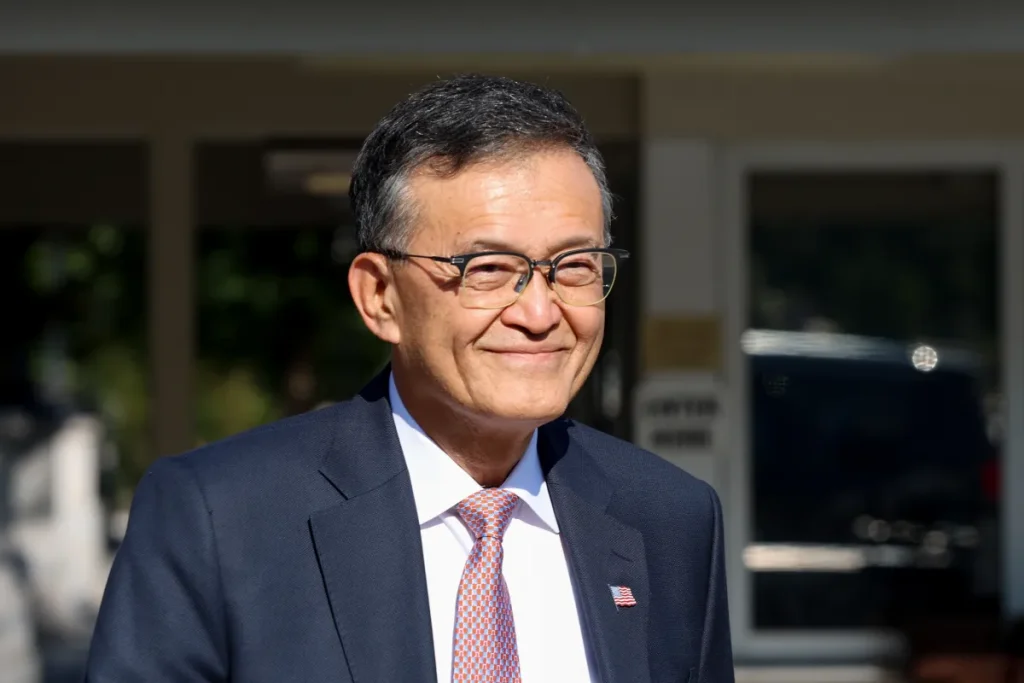Intel’s Foundry Business Under Scrutiny as Recovery Efforts Progress

Image Credits:Alex Wroblewski/Bloomberg / Getty Images
Intel’s Third-Quarter Earnings Surge Beyond Expectations
In a significant turn of events, Intel’s third-quarter earnings exceeded Wall Street expectations on Thursday, primarily driven by an increase in revenue coupled with substantial cost-cutting measures. Under the leadership of CEO Lip-Bu Tan, the struggling semiconductor giant is making bold moves to regain its footing.
Financial Highlights: A Positive Outlook
Intel’s recent financial disclosures reveal a promising picture, reporting a net income of $4.1 billion—a stark contrast to the sequence of quarterly losses it has faced in the past few years. As the company focuses on its recovery, this quarter’s positive earnings raise optimism about its future trajectory. Specifically, Intel’s total revenue increased by $800 million, reaching $13.7 billion, compared to $12.9 billion the previous year.
In the context of these impressive figures, it is essential to acknowledge the underlying factors that contributed to this progress. The company implemented significant layoffs and other cost-cutting measures, which have been crucial to its revitalization strategy. Furthermore, multiple high-profile investments from noteworthy entities such as SoftBank, Nvidia, and the U.S. government have also played an instrumental role.
Major Investments Bolster Intel’s Financial Position
Intel revealed an increase of $20 billion to its balance sheet during the third quarter, largely attributed to three significant investments made in the last few months. Notably:
- SoftBank invested $2 billion in August.
- Shortly thereafter, the U.S. Government acquired a rare 10% equity stake in the company. Thus far, Intel has received $5.7 billion as part of an anticipated $8.9 billion investment from the government.
- Nvidia followed suit with a $5 billion stake in Intel in September, aimed at fostering joint chip development.
“The measures we implemented to strengthen our balance sheet enhance our operational flexibility and position us for strategic execution with confidence,” Tan stated during the earnings call. His remarks also highlighted the importance of trust and collaboration from public officials, including President Trump and Secretary [Howard] Lutnick, as vital to Intel’s mission as the only U.S.-based semiconductor company excelling in logic, R&D, and manufacturing.
Additionally, Intel secured $5.2 billion from finalizing the sale of its ownership in Altera, a hardware company it had been associated with since 2015, on September 12, alongside its divesture from Mobileye, an autonomous driving technology firm.
Focus on Foundry Business: Room for Improvement
While the earnings report is overwhelmingly positive, details surrounding Intel’s foundry business, which manufactures custom chips for external clients, remain scarce. This segment has struggled since its inception, prompting Tan to initiate significant layoffs within the foundry division earlier this summer.
Wall Street analysts are closely monitoring the foundry business, viewing it as a linchpin for Intel’s long-term growth. A key aspect of the government’s investment agreement stipulates penalties for Intel if it decides to divest from its foundry operations over the next five years, underscoring its strategic relevance.
Strategic Growth in the Foundry Sector
Tan is optimistic about the foundry business, asserting that it is “uniquely positioned” to meet the increasing demand for chips. However, he refrained from providing specific details regarding its future, apart from mentioning ongoing engagement with prospective customers in the foundry space. He emphasized the need for a disciplined approach in the growth of this business.
“Establishing a world-class foundry is a long-term effort founded on trust,” Tan explained. “We must ensure that our processes can be easily utilized by a variety of customers, each with their unique approaches to product development. We aim to exceed customer expectations by producing wafers that meet diverse requirements, including performance, yield, cost, and scheduling.”
Navigating Challenges Ahead
While Intel appears to be on a recovery path, several challenges lie ahead. The semiconductor industry is notoriously volatile, characterized by rapid technological advancements and fierce competition. For Intel to maintain its momentum, it will need not only to attract investments but also to implement robust strategies that focus on innovation and efficiency.
The foundry business represents both a challenge and an opportunity. Analysts have noted that, rather than requiring additional cash flow to recover, Intel needs a targeted strategy to optimize its foundry operations. Success in this domain will be crucial for delivering long-term value to shareholders and securing the company’s position as a leader in the semiconductor industry.
Conclusion: A New Chapter for Intel
Intel’s third-quarter earnings mark a decisive chapter in its ongoing saga of transformation. With the combined effects of strategic investments and cost-cutting measures, the company appears to be on the right track to restore its former glory. However, the road ahead demands continued focus on its foundry operations, innovation, and responsiveness to market demands. As one of the few U.S.-based semiconductor companies with a comprehensive manufacturing capability, Intel has a unique opportunity to re-establish itself in the ever-evolving tech landscape. The next few quarters will be pivotal in determining whether Intel can sustain this momentum and emerge as a resilient player in the global semiconductor arena.
Thanks for reading. Please let us know your thoughts and ideas in the comment section down below.
Source link
#Intel #recovery #underway #eyes #turn #foundry #business




